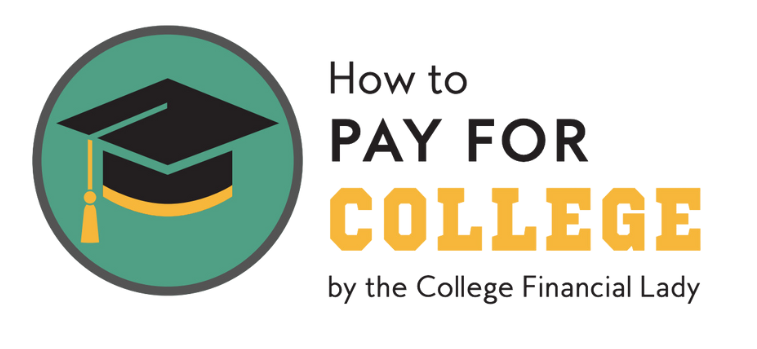Student Loan Borrowing and Payoff Trends
The Fed's annual Economic Well-Being of U.S. Households report, issued last month, shows some interesting trends in student borrowing and repayment during adulthood-- including some good news.
First, the good news: borrowing for higher education has declined over the past decade, resulting in fewer young adults under age 30 having student loan debt compared with those aged 30-44. The decline is significant: while 53% of those aged 30-44 borrowed for education, only 42% of those aged 18-29 have done so.
Another piece of good news: now that repayment has restarted, post-Covid forbearances, a very small share of those who earned bachelor's degrees is struggling with repayment: just 16% of public college and 15% of private not-for-profit graduates are behind on student loan payments. This compares with 20% of total borrowers being behind. Total borrowers includes those who attended but did not graduate; students who completed an associate or technical degree; and those who attended private for-profit colleges.
Those numbers apply to those who still have student loans; many people have of course repaid their loans. Including that group in the numbers, 8% of total borrowers were behind on payments, 33% had outstanding debt and were current on payments, and 59% had fully repaid their loans.
In a time where many question the value of a college degree, the survey also showed many benefits of a degree:
87% of adults with at least a bachelor's degree reported doing okay or living comfortably, compared with just 64% of those with a high school degree and 47% of those with less than a high school degree.
If you like remote work, you'll want a degree: 26% of workers with at least a bachelor's degree were fully remote, compared with just 9% of those with a high school degree or less.
Workers with college degrees have greater autonomy to choose what tasks they work on and how they complete them than even those who have completed some college but not earned a degree: 38% of those with degrees often or always choose what tasks to work on compared with 29% of those with some college, and 63% of degree-holders often or always choose how to complete tasks, compared with just 49% of those with some college.
Overall, 71% of adults have had some training post-high school, whereas just 37% have earned at least a bachelor's degree. More than 40% of people who pursued education beyond high school took out student loans to do so, with 17% still owing and 24% having fully repaid their loans. Borrowing is higher among those with degrees: almost half of adults with a bachelor's degree borrowed for their education, and 54% of those with graduate degrees took out student loans. The median amount of education debt among those who had borrowed for their own education and still had outstanding loans was between $20,000 to $24,999, with higher balances among those with graduate degrees.
All in all, the study points to the conclusion that borrowing to get an undergraduate degree can be a reasonable investment, as long as you borrow reasonable amounts. The federal student loan program provides good guardrails for borrowing.
